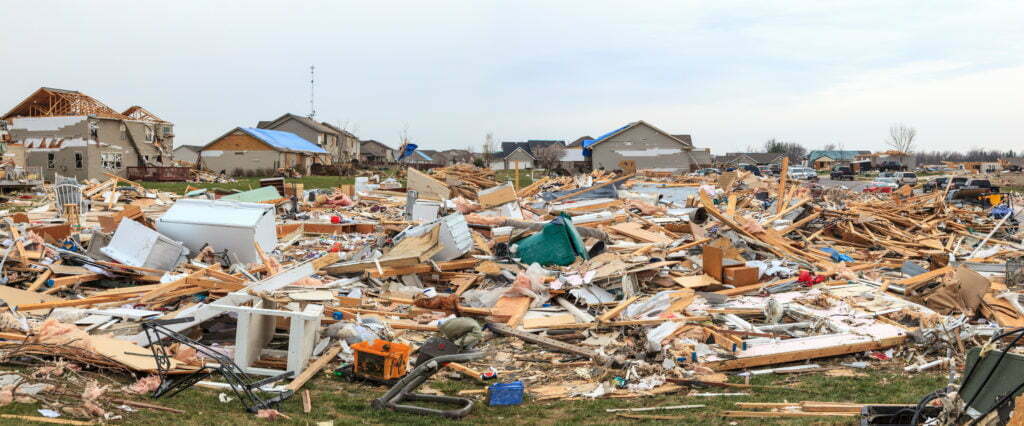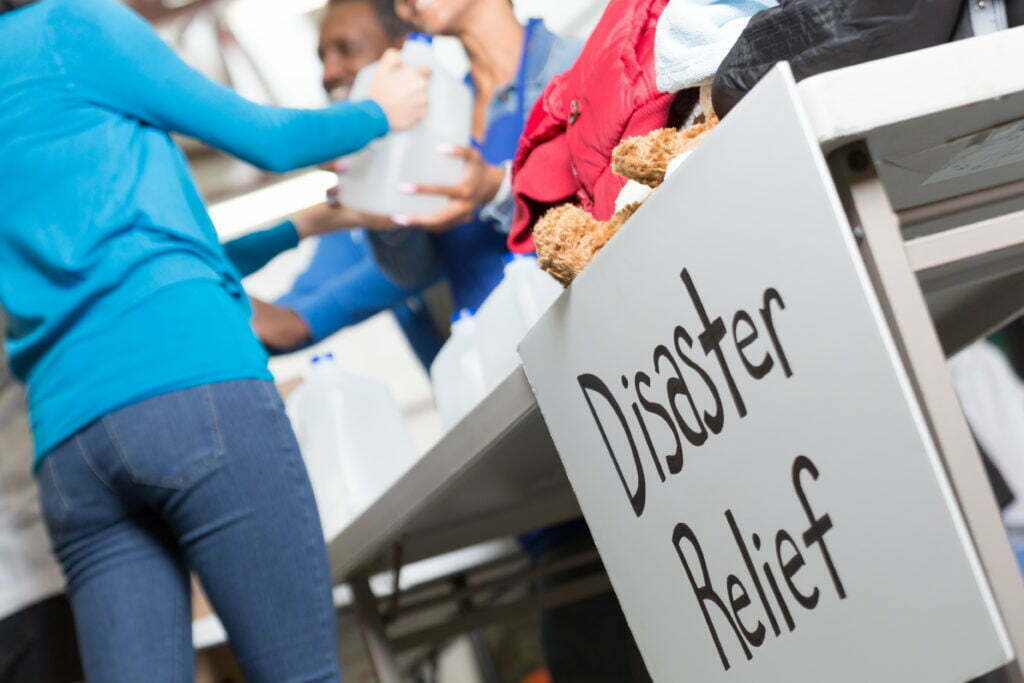Experience Gained: Building a Strong Long-Term Recovery Group
At the end of post-disaster response, many communities start to feel abandoned – their FEMA representative leaves and it often seems like funding options are diminishing. Communities often find themselves asking the question, “What do we do now?” During this period of transition, a long-term recovery group (LTRG) can play an integral role in keeping the recovery process on track by assisting with everything from managing donations to conducting outreach to contractors, researching grants, assisting with case management, and much more.
“Don’t be lulled into a false sense of security while FEMA is onsite assisting and funding is coming in consistently from charitable organizations,” says Erica Bueno, IBTS Coordinator. “Build a long-term recovery group, and write them into your long-term disaster recovery plans.”
LTRG Organization and Structure
The model of an LTRG will vary depending on the community’s needs and its capacity. Many communities don’t have a person readily available to run an LTRG and must appoint a leader from the community to head the LTRG. IBTS has worked with communities who have addressed this by appointing community leader like judges, retired officials, pastors or community organization leaders.
In Brazoria County, Texas, for example, the LTRG chair is Gloria Luna, director of community outreach for United Way of Brazoria County. Luna went through the process of establishing an LTRG after flooding from the Brazos River hit the county and forced more than 2,000 homes to be evacuated. Ideally, the LTRG will be established prior to disaster and have a memorandum of understanding (MOU) or letter of engagement (LOE) in place to establish the responsibilities for each member organization.
“The biggest aspect of any LTRG is knowing who’s doing what – are we making the most of what we have and are we maximizing our volunteers?” Luna says. “If we don’t work together, we’re working against each other.”
After appointing a leader, the first step in setting up an LTRG is having key organizations sign-on to an MOU or LOE. In Brazoria county, the United Way, Red Cross and Salvation Army have an MOU that establishes distinct responsibilities for each organization. It also creates what Luna calls a “livable document,” that allows the LTRG to start operations immediately, regardless of leadership or membership turnover.
Typically, the LTRG is made up of an executive board and a governing board. The executive board often houses the chair and/or co-chairs, in addition to the secretary and treasurer. The governing board can have more variation depending on the community, however the basic structure includes an executive committee, volunteer committee, case management, construction, spiritual and emotional support and donations management.
Stay Active Between Disasters
“The goal for me is to keep it active and meet at least quarterly even if there is no disaster,” Luna says. “The LTRG shouldn’t disperse after the long-term disaster response is over.”
LTRGs should maintain a continuous flow of meetings to ensure the group builds relationships and stays up-to-date with what the changes are to activating a disaster recovery. This also helps keep all members on the same page when there’s turnover within the LTRG.
For LTRG leaders, Luna recommends staying educated and up-to-date on the disaster recovery process, even when the committee is dormant. The long-term recovery process has a wide range of variables that will come into play depending on the disaster scenario. After Brazoria County’s May 2016 flooding, for example, Luna was responsible for applying for Hazard Mitigation Grants – something she knew little about and had no experience with. Becoming familiar with as many aspects of disaster recovery as possible can provide a huge advantage when it comes time to implement the long-term disaster recovery plan.
The Role of an LTRG
During active recovery and beyond, the LTRG takes on several key organizational and on-the-ground duties, such as outreach to contractors and conveying the communities needs back to the stakeholders, who then communicate with the state and HUD to get assistance in place. The LTRG not only assists the community, it also relieves emergency management and local administrative officials from some important responsibilities that allows them to use their efforts elsewhere.
One of the most important functions of the LTRG is to manage the collection and disbursement of goods. Although donations – food, water, clothes, building materials and other resources – are much-needed during recovery, communities can find themselves overwhelmed and without a plan for where to store donations. The LTRG can not only create a donation management plan, but can also distribute goods accordingly throughout the community.
After FEMA leaves and immediate funding sources start to dwindle, localities should pursue additional funding sources. “FEMA is just a band-aid to carry the community over to the bigger funding that it’s going to get,” Bueno says. Yet investigating funding sources can be overwhelming, particularly for smaller localities. LTRGs can assist in researching and identifying important funding opportunities and their requirements. However, it is important to note that LTRGs cannot apply for HUD Community Development Block Grant Disaster Recovery (CDBG-DR) program grants or for many state-level grants on behalf of the locality.
Use the LTRG as Case Managers
In long-term recovery, especially after disasters like flooding and hurricanes when hundreds or even thousands of homes are destroyed, the LTRG can also supply the community with case managers. Luna recommends using faith-based organizations as case managers. “They listen and they have the compassion to help,” she says. “Get them to be the layman in the community who’s going out to visit the residents and hearing their stories.”
In Brazoria County, the LTRG established a local case management group while state case managers were still deployed in the area. Any effort to make the case management process as personable as possible for the client goes a long way in rebuilding the community. Ideally, each client will be assigned only one case manager that consistently checks-in on the client and serves as a single point of contact that can provide consistent answers.
See IBTS’s tips on best practices for long-term recovery groups for more information on implementing and using LTRGs.



